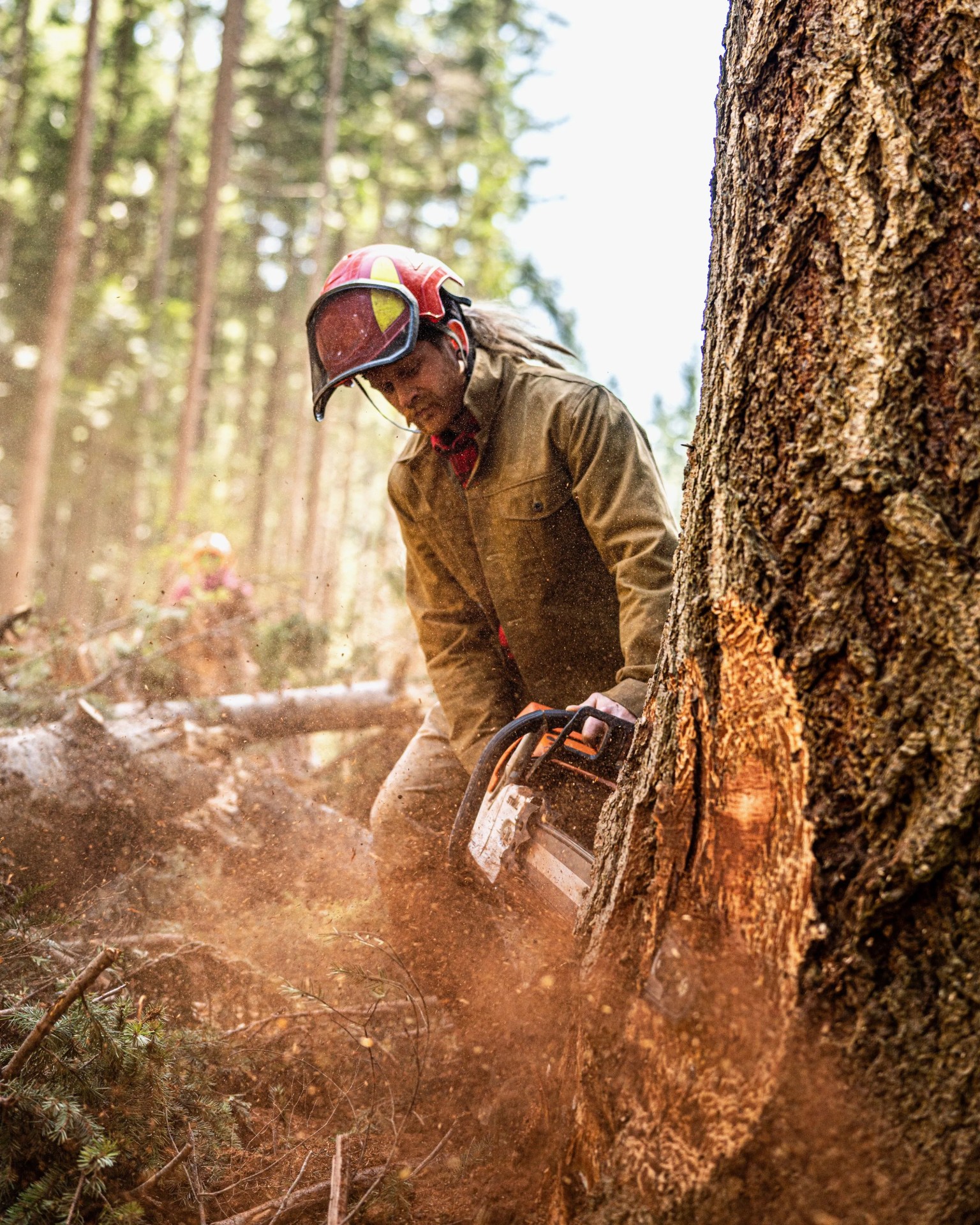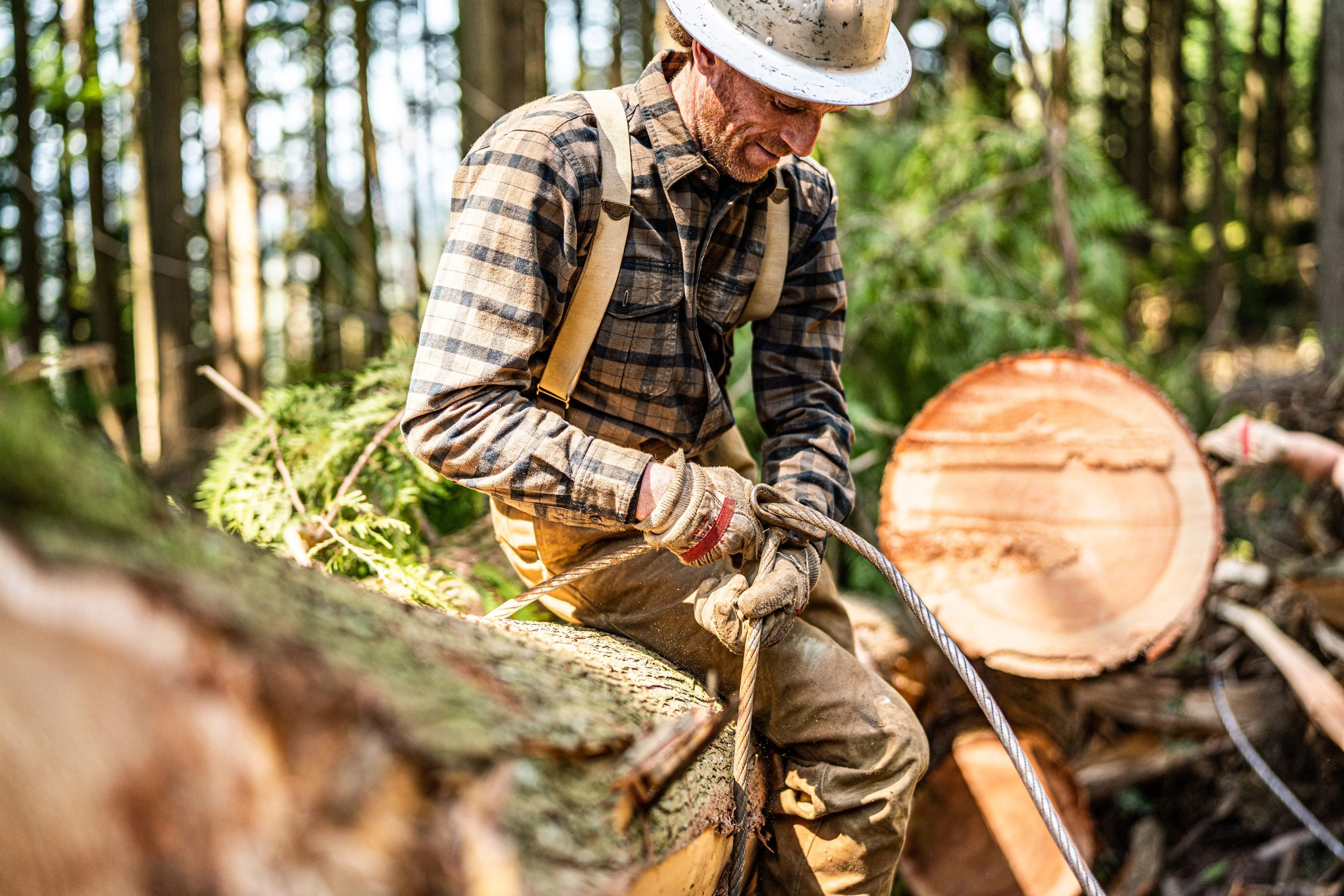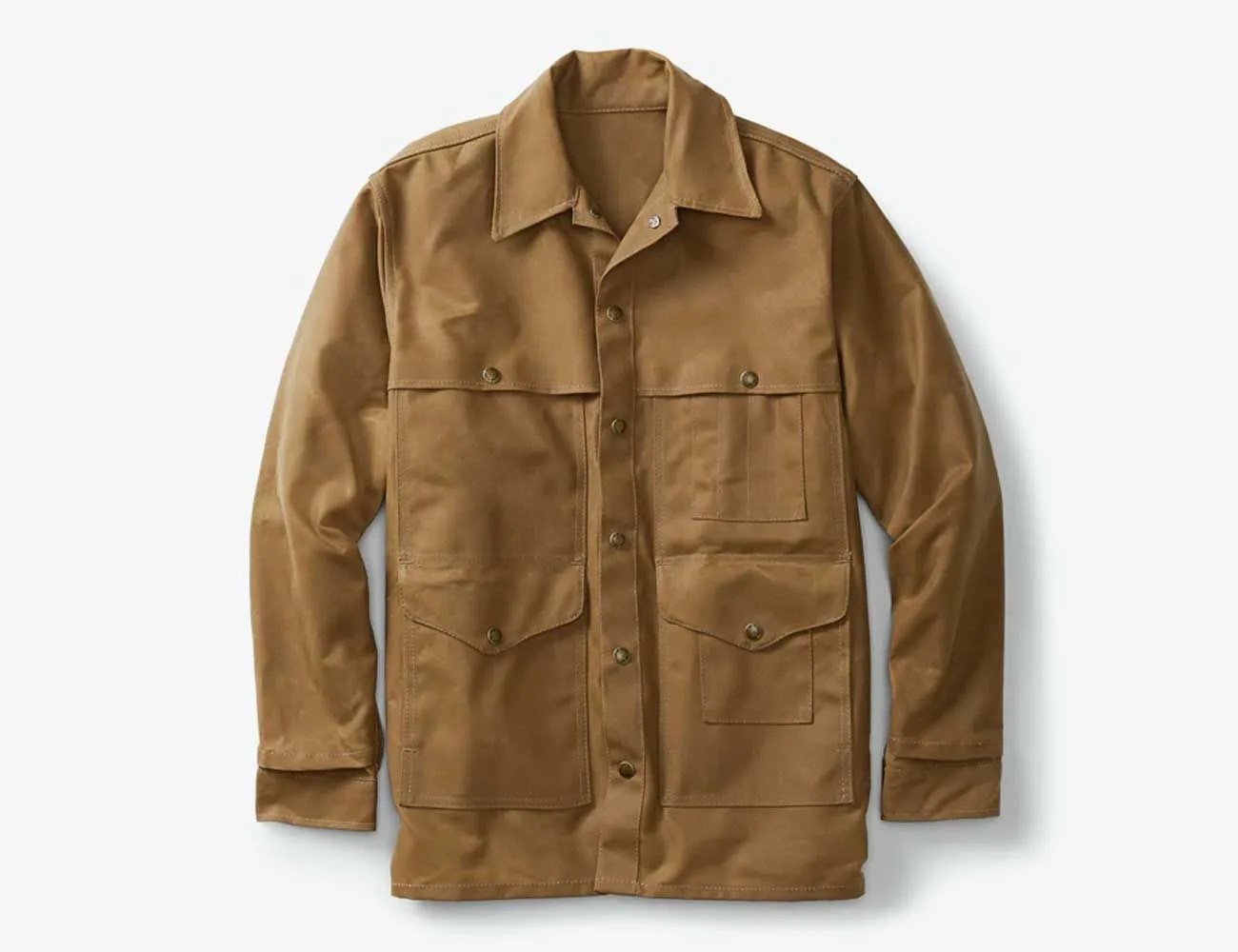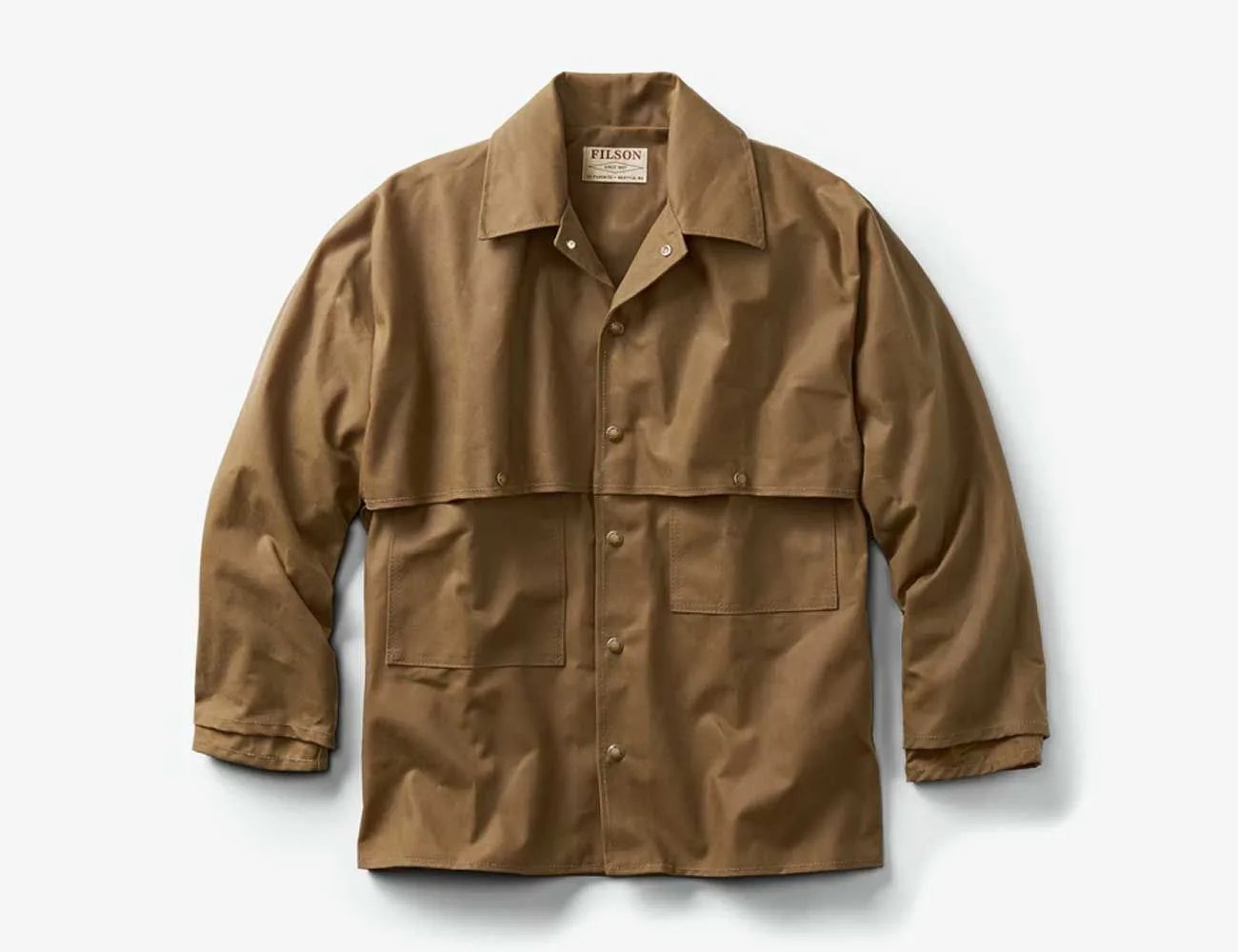In a 109-year-old wooden building located on the shores of Bellingham, Washington sits Nielsen Brothers Incorporated, one of the most extensive logging operations in Northern Washington. It was founded in 1979 by brothers David and Robert Nielsen, who, now in their mid-sixties, are still at the core of the business. They are the heartbeat, and embody the spirit of rugged hard work.
That spirit of rugged hard work seems woven into the very fabric of the Pacific Northwest. Take its most important outdoor outfitter for example. If there was ever a brand that shared an ethos with the Nielsen Brothers, it’s the one founded by Clinton C. Filson in 1897 — who provided gear for hunters, fishermen and of course, loggers.
 Filson
FilsonThough times have changed somewhat since Clinton operated his store out of Seattle, Filson’s spirit remains the same, and still makes high-quality outdoor gear that is made to stand the test of time. In Filson’s arsenal of outdoor goods, one material stands above the rest: Tin Cloth. Tin Cloth and Filson are synonymous with each other. As David and Robert Nielsen are integral to their operation, so is Tin Cloth to Filson.
The exact time that Filson started using Tin Cloth in its products is somewhat unknown — Filson estimates it was around 50 years ago, though British Millerain (the company that provides Filson exclusively with the fabric), estimates that they have supplied the brand with Tin Cloth for over a century. What is clear, is that the material first appeared on the Tin Cruiser, Double Logger and Original Hunter Coat.



